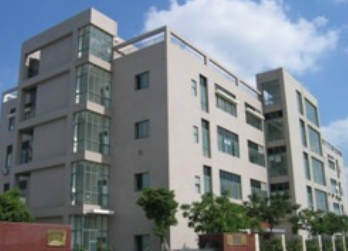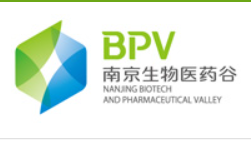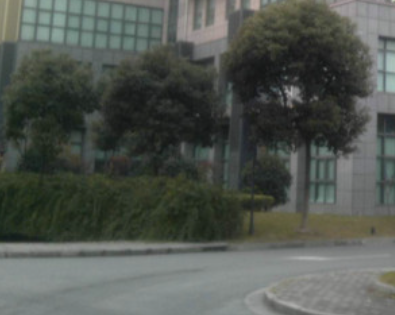將羰基轉化成硝基 (retro Nef Reaction) 是制備硝基化合物的一個重要的定制合成方法。這種轉化通常是通過用強氧化劑(如CF3CO3H)把肟氧化成硝基來實現(xiàn)1。
無水CF3CO3H很難處理,因此有文獻報道了該反應的優(yōu)化方法2。即用三氟乙酸酐與過氧化脲的絡合物(UHP) 在乙腈中0?°C反應得到過氧三氟乙酸的溶液,將醛肟氧化得到相應的硝基化合物,并且收率較高。該方法對酮肟不適用,只能得到相應的酮。

To a stirred suspension of UHP (60 mmol, 5.8 g) in CH3CN (30 mL), TFAA (50 mmol, 10.5 g) dissolved in CH3CN (50 mL) at 0?oC. After stirring at this temperature for 4 h, most of the solvent was removed under reduced pressure and the residue was dissolved in NaHCO3?sol satd. and extracted with ether. The ethereal solution was washed with 5% Na2SO3(starch-iodide test negative) and dried over MgSO4. The crude material, after evaporation of the solvent, was purified by flash chromatography to give nitro compound with 75% yield.2
文獻中還報道了很多新的方法將肟氧化成硝基化合物。Olah報道了用過氧硼酸鈉在乙酸溶液把肟氧化成硝基化合物的方法3。

Bicyclo[2.2.1]norbornanone-2-oxime (1.0 g, 8 mmol) was dissolved in 50 mL of glacial acetic acid in dry three-necked round bottomed flask. The flask was immersed in an oil bath at a temperature of 55?oC. In portions, solid sodium perborate tetrahydrate (6.20 g, 40 mmol) was added with vigorous stirring over a period of 30 minutes. After the addition, the reaction mixture was stirred at the same temperature for 4 h. After cooling, the reaction mixture was treated with 4×25 mL ice cold saturated solution of sodium bicarbonate, followed by extraction with ether (2×50 mL). The organic layer was washed several times with cold water, dried over anhydrous MgSO4?and evaporated. The crude product was passed through a silica gel column eluted with chloroform-pentane (1:4). The obtained product was further purified by vacuum distillation to give 2-nitrobicyclo[2.2.1]-norbornane (0.74 g) as a yellow liquid in 65% yield.3
用Mo (IV)的過氧化合物可以將肟氧化成硝基化合物,這個方法的好處是既可以氧化醛肟也可以氧化酮肟,4可以很好的彌補UHP方法的不足。

In a typical experiment 5 mL of CH3CN containing 0.5 mmol of oxodiperoxo complex was added to a stirred CH3CN solution containing 1 mmol of the oxime at 40?oC. The progress of the reaction was monitored by following the disappearance of the peroxide(iodometric titre). The oxidation products were isolated by column chromatography (silica-gel, pentane-chloroform 4:1).
m-CPBA作為一個常用的氧化劑,也被用于某些肟轉化成硝基化合物的反應5。

To a solution of m-chloroperbenzoic acid (80%, 6.45 g,0.03 mol) in a minimum volume of dichloromethane (~90 mL) is added diisopropyl 1-hydroxyimino-alkane phosphonate (0.03 mol) at room temperature. The reaction mixture is stirred and the progress of reaction is monitored by TLC (silicagel, chloroform-ethyl acetate, iodine). After about 72 h the oximinophosphonates have disappeared. The mixture is extracted with saturated aqueous sodium hydrogen carbonate containing sodium sulphite (2×50 mL), water(2×50 mL), brine (50 mL), and dried with sodium sulphate. The solvent is removed and the residue is distilled under reduced pressure to give pure diisopropyl 1-nitroalkane phosphonate with 65% yield.5
【參考文獻】
1. Emmons, W. D., and A. S. Psgano. J. Am. Chem. Soc., 77, 4557 (1955).
2. Ballini, R., E. Marcantoni, and M. Petrini. Tetrahedron Lett., 33, 4835 (1992).
3. Olah, G. A., P. Ramaiah, C. S. Lee, and G. K.S. Prakash. Synlett., 337 (1992).
4. Ballistreri, F. P., E. Barbuzzi, G. A.Tomaselli, and R. M. Toscano. Synlett,1093 (1996).
5. Zon, J. Synthesis,661 (1984).
?







